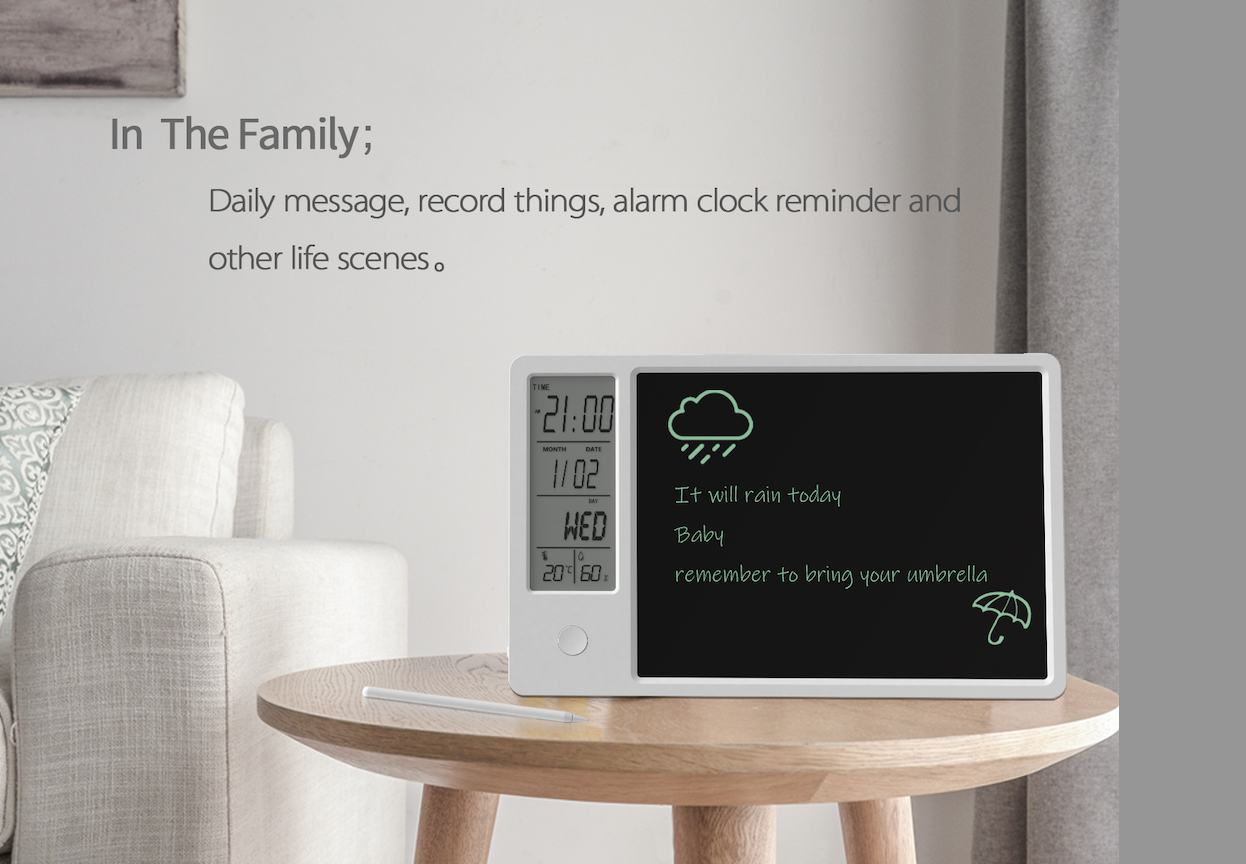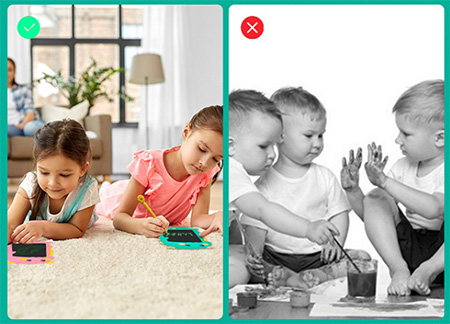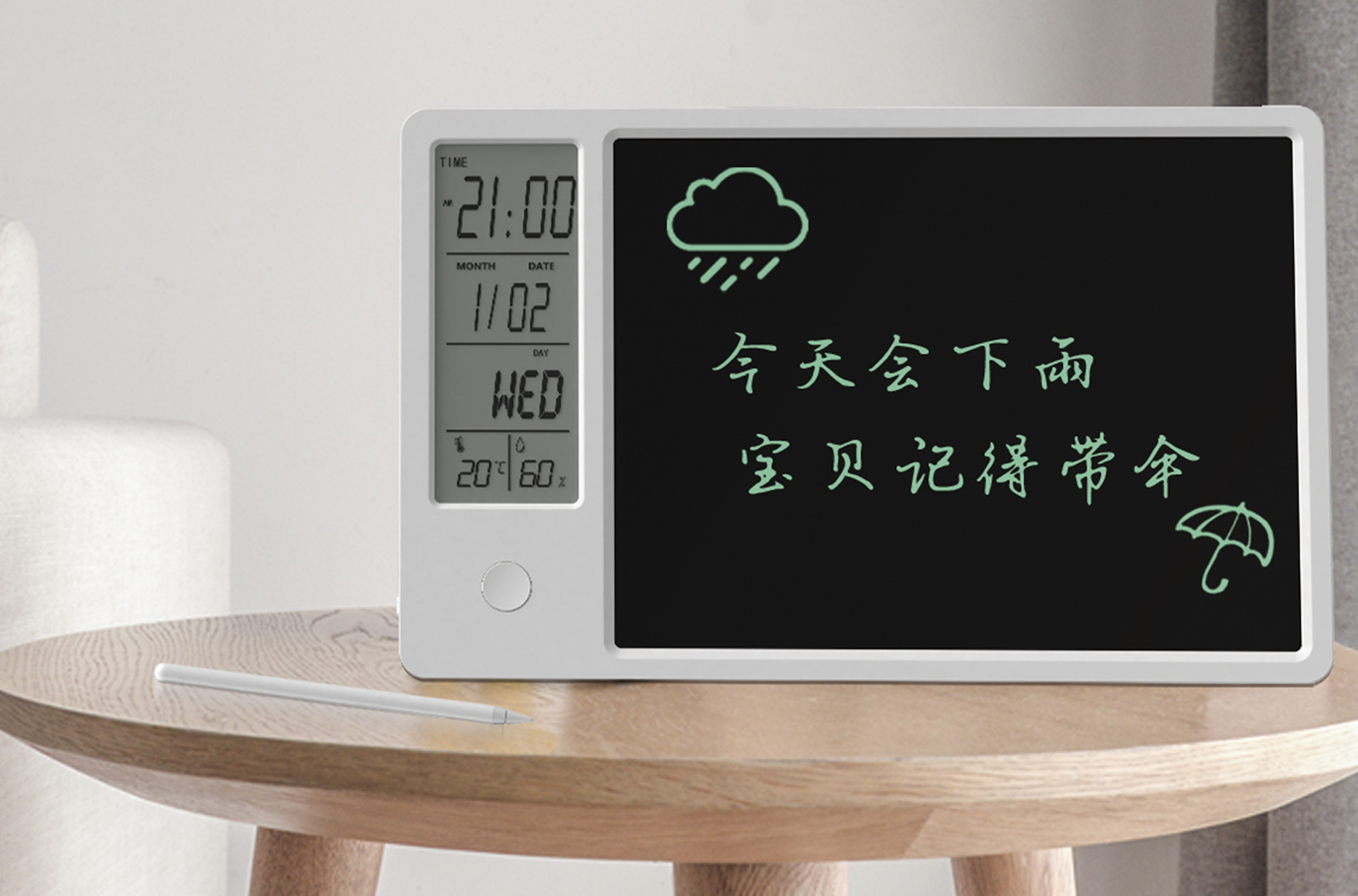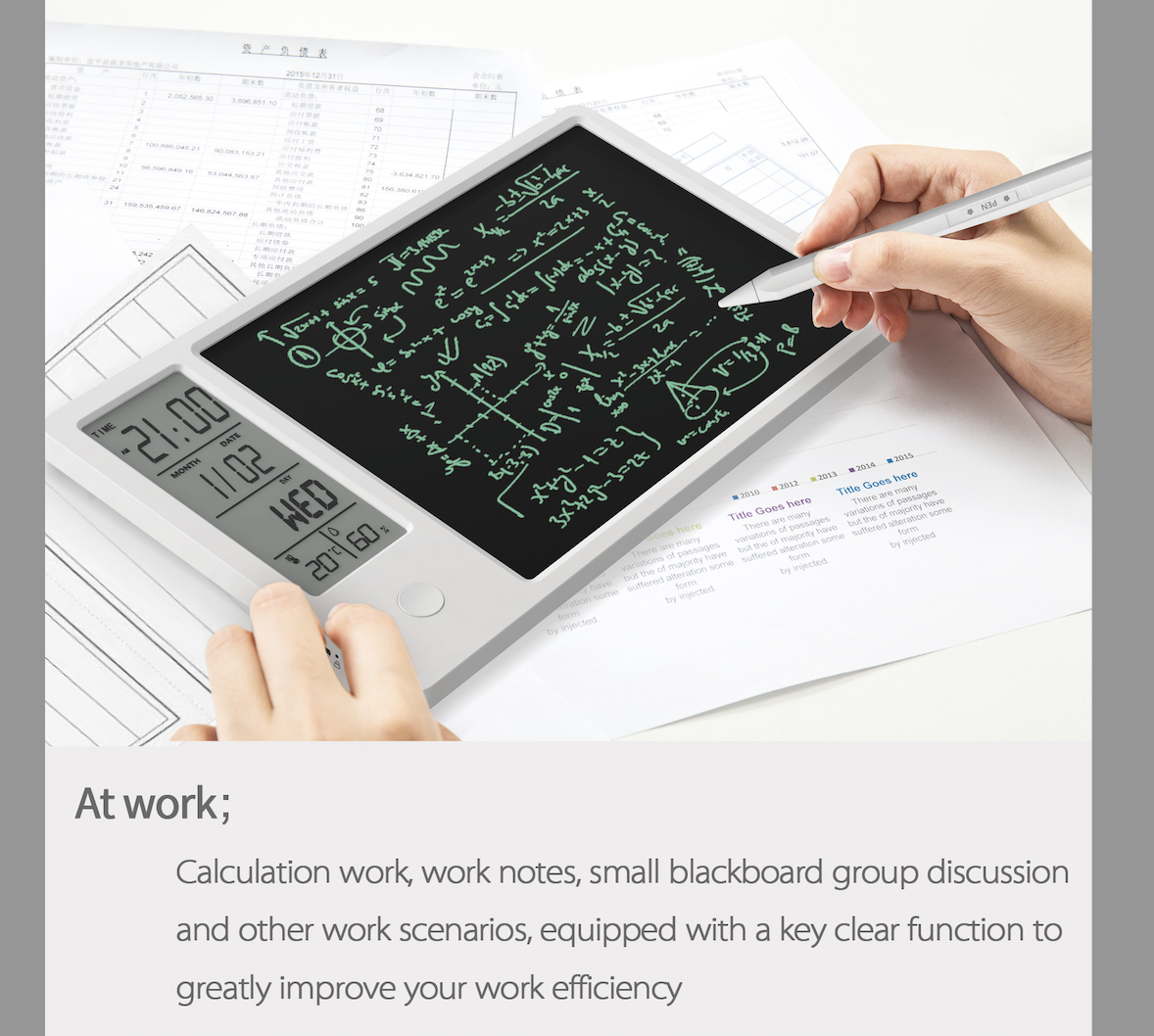Tired of juggling between paper calendars and digital notes? Frustrated by wasting paper on quick reminders that you toss away minutes later? There’s a practical solution that combines the best of both worlds.
A calendar with a writing tablet is an innovative product that combines traditional calendar functions with an LCD writing surface. These devices allow users to view dates while having an integrated reusable writing surface for notes, reminders, and quick sketches without wasting paper.
These innovative products are gaining popularity among professionals and families alike. They offer a perfect blend of organization and eco-friendliness that traditional calendars simply can’t match. Let’s explore what makes these devices so special and why you might want one on your desk.
What is the function of a writing tablet?
Ever found yourself searching for scrap paper to jot down a phone number? Or realized you’ve used dozens of sticky notes that end up in the trash? Writing tablets solve this wasteful cycle.
The function of a writing tablet is to provide an instant, reusable writing surface that can be erased with the push of a button. It allows users to write notes, create quick sketches, make calculations, or jot down reminders without consuming paper or ink.
The writing tablet component is what truly sets these calendar devices apart from traditional options. I’ve been amazed at how versatile these tablets can be in daily use. The technology behind them usually involves pressure-sensitive LCD screens that create visible marks when you write with the included stylus. The screen creates contrast where pressure is applied, making your writing visible without any ink or toner.
What makes these writing surfaces particularly valuable is their longevity. Unlike paper that gets used once and discarded, a good quality LCD writing tablet can handle tens of thousands of erase cycles. Many models feature partial erasing capabilities too, allowing you to modify sections of your notes without clearing everything.
For businesses, these writing tablets offer significant cost savings over time. When integrated with a calendar, they become powerful organizational tools that significantly reduce paper waste. Some advanced models even allow you to save your notes digitally before erasing – giving you the best of both analog writing and digital preservation.
What is an electronic calendar used for?
Remember the last time you double-booked yourself or missed an important appointment? Traditional calendars are static, while electronic versions bring scheduling to life.
An electronic calendar is used for scheduling, tracking appointments, setting reminders, and organizing events. Unlike paper calendars, electronic versions can send notifications, be updated remotely, and synchronize across multiple devices to ensure you never miss important dates.
The electronic calendar component in these hybrid devices varies in sophistication. At the basic level, you’ll find digital date displays that show the current day, month, and year. More advanced models feature full calendar interfaces with programmable events and reminders that can alert you with visual or audio cues when an important deadline approaches.
What I find particularly useful about electronic calendars is their adaptability. Unlike paper calendars that become outdated with schedule changes, electronic versions can be updated instantly. Some models connect to smartphones or computers, allowing you to synchronize your schedule across all your devices.
For families, these synchronized calendars become command centers for coordinating everyone’s activities. For professionals, they serve as crucial time management tools. When combined with a writing tablet, you get immediate access to both your schedule and a space to take notes during calls or meetings.
Some premium models incorporate additional features like weather forecasts, moon phases, or holiday reminders. The integration of these features with a writing surface creates a comprehensive organizational hub that keeps all your important information in one place.
What is the purpose of the calendar?
Have you ever wondered why humans have been tracking days for thousands of years? Time management isn’t just a modern concept—it’s been essential throughout human history.
The purpose of a calendar is to track time, organize activities, plan future events, and create a reliable system for remembering important dates. Calendars help structure our lives by dividing time into manageable units like days, weeks, months, and years.
The fundamental purpose of calendars hasn’t changed much throughout history, but their form and functionality certainly have. Ancient civilizations used calendars based on lunar cycles or agricultural seasons. Today, our calendars have evolved to help us navigate increasingly complex schedules.
Calendars serve multiple purposes in our daily lives. First, they provide orientation—helping us understand where we are in the flow of time. Second, they enable planning—allowing us to schedule future events and allocate our time effectively. Third, they serve as memory aids—reminding us of important dates like birthdays, anniversaries, and deadlines.
In business settings, calendars take on additional importance. They coordinate team activities, schedule meetings, and track project timelines. When combined with a writing tablet, a calendar becomes even more powerful, allowing immediate note-taking during scheduled events.
The psychological benefit of calendars shouldn’t be underestimated either. They provide structure and predictability in our lives, reducing cognitive load by externalizing our schedule. This allows us to focus on the task at hand rather than constantly trying to remember upcoming obligations.
What is the difference between paper calendar and electronic calendar?
Stuck deciding between traditional paper calendars and modern electronic versions? Each has distinct advantages that might make one perfect for your specific needs.
The key differences between paper and electronic calendars lie in their flexibility, environmental impact, and features. Paper calendars are tangible and don’t require power but can’t be easily updated or backed up. Electronic calendars offer automatic reminders, easy editing, and synchronization across devices but require power and technical knowledge.
The debate between paper and electronic calendars has been ongoing for years, but calendar writing tablets offer a unique compromise between the two. Traditional paper calendars have the advantage of simplicity—they’re tangible, visible at a glance, and don’t require any power source or technical knowledge to use. However, they’re environmentally wasteful, can’t be easily updated, and lack features like reminders or search functionality.
Electronic calendars excel in their flexibility—you can make changes instantly, set recurring events, receive notifications, and access your schedule from multiple devices. The drawback is that they typically require power, internet connectivity for synchronization, and some level of technical proficiency.
A calendar with an integrated writing tablet bridges this gap brilliantly. You get the immediate visual reference of a traditional calendar combined with the eco-friendly aspects of digital technology. The writing tablet portion eliminates the need for sticky notes, notepads, or scrap paper that often accompany a traditional calendar.
From a customization perspective, these hybrid devices offer unique opportunities. Many manufacturers provide options for corporate branding, making them excellent promotional items or corporate gifts. Companies can customize both the calendar interface and the physical design, creating functional marketing tools that recipients use daily.
The environmental impact is significant too. A single calendar with writing tablet can replace thousands of paper notes over its lifetime. For businesses looking to reduce their environmental footprint while promoting their brand, these devices represent an ideal solution—practical, reusable, and aligned with sustainability goals.
Conclusion
Calendar writing tablets combine the best of both worlds—traditional calendar functionality with eco-friendly digital writing surfaces. They’re practical tools for personal organization and excellent customizable gifts for corporate branding that
You may also be interested in:
Contact Us
Phone
+86 18975761579Website
ruiyiboard.comAddress
Shenzhen Longhua, Guangdong, China
Shenzhen Ruiyi Plastic Products Co., Ltd. is a professional manufacturer focused on eco-friendly writing products since 2016.
Our mission is to provide paper-free, ink-free, safe and environmentally friendly electronic writing solutions.





